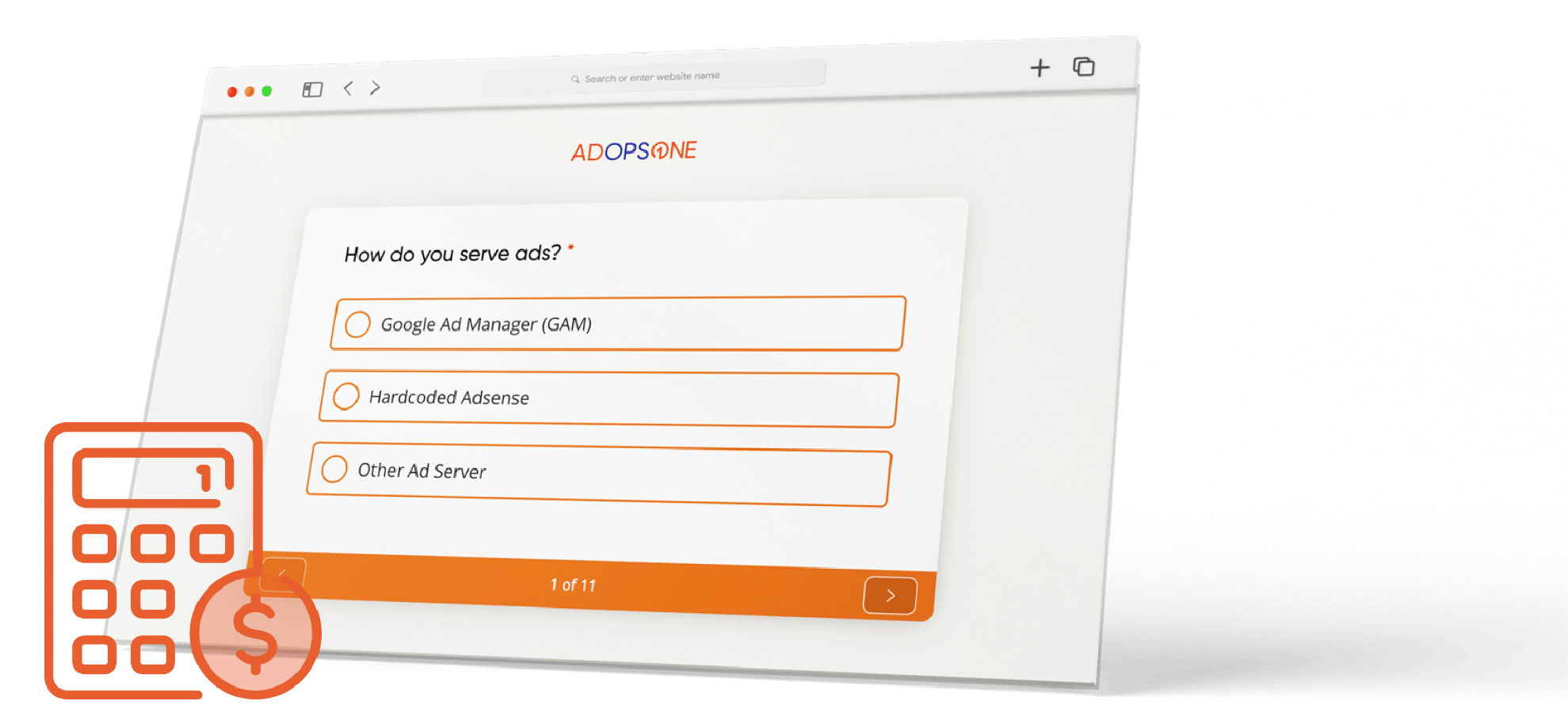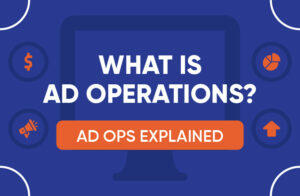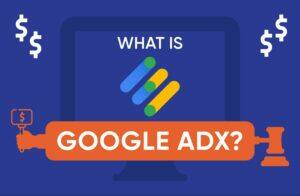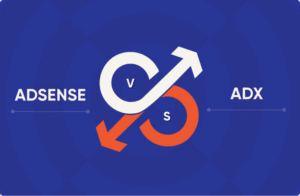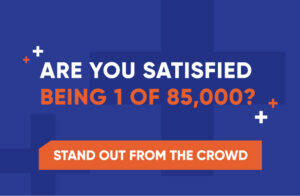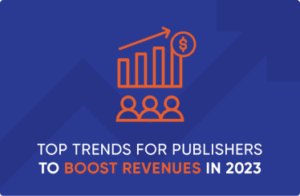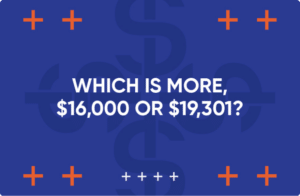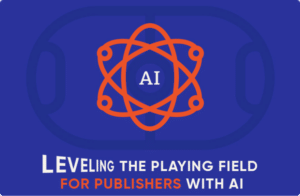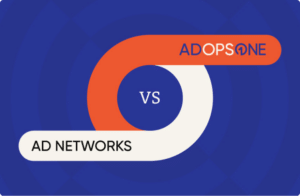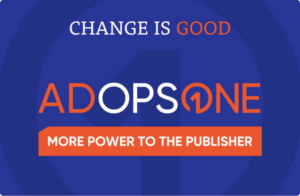Artificial Intelligence (AI) has seen a remarkable rise in popularity over the last few years. OpenAI’s ChatGPT was the fastest-growing app in history until Meta’s Threads beat it to 100 million users in July 2023. Little surprise then, that its impact has been felt in the ad tech world, too.
Advertisers are increasingly seeing the potential of AI to provide personalized experiences, automate routine tasks, and provide insightful analysis for decision-making.
AI tools are being rapidly developed to improve and streamline the ad tech ecosystem. Advances in natural language processing (NLP) have enabled machine learning algorithms to better analyze consumers’ behavior, predicting their preferences and future actions.The result is better ad tech functionalities such as ad targeting, ad campaign creation, managing ad campaigns, data analysis, and fraud detection.
And most famously, AI-powered chatbots are improving customer engagement and driving conversions across all industries.
So how is ad tech AI influencing innovation in the space? Let’s dive in.
Table of Contents
- AI in Programmatic Advertising
- Generative AI in Ad Tech
- Chatbots in Ad Tech
- Text-to-Image Services in Ad Tech
- Predictive AI in Ad Tech
- AI-Powered Anti-Fraud Systems in Ad Tech
- AI-Driven Personalization
- Final Thoughts
AI in Programmatic Advertising
AI’s influence on the ad tech sector is perhaps most evident in programmatic advertising. This is because programmatic advertising is a data-intensive operation that works at a very large scale.
For instance, one of the metrics used in programmatic advertising is queries per second (QPS) which measures the number of queries an ad server receives per second. Typically, an ad server handles millions of queries per second. Analyzing the data points generated by these queries and extracting insights from them then necessitates the application of AI and machine learning (ML).
AI tools can analyze the vast amounts of data gleaned from ad networks and demand partners in real-time, making informed decisions on when, where, and who to show ads, maximizing engagement and return on investment (ROI). By leveraging AI to automate the ad-buying process, publishers can effectively reach their target audience, optimize their ad spend, and achieve better results.
In addition to this, publishers have to also deal with large amounts of data generated during day-to-day ops.
For instance, tools such as Google Ad Manager (GAM) and Google Analytics generate complex, data-laden reports that publishers often struggle to derive insights from. At the same time, they also need to glean and aggregate data from third-party demand partners that tools such as GAM do not make available. With so much on their minds, publishers often end up losing sight of important metrics such as eCPM.
This is fertile territory for AI-driven innovative solutions that can automate mundane tasks, constantly monitor important metrics, and alert publishers when these metrics begin to drop.
AdOpsOne leverages human-assisted AI to offer one such solution. Genie, our AI-powered engine, detects critical issues such as falling eCPMs and proposes effective solutions to fix these issues. It also extracts insights from tools such as GAM and Google Analytics to make revenue optimization recommendations, saving publishers considerable time and money in the process.
Generative AI in Ad Tech
Generative AI’s ability to create new text and image content has made it an invaluable tool in the creation of personalized and engaging advertisements. This revolutionary technology has surged in popularity owing to the increasing demand for original, custom-tailored content in the advertising industry.
Research suggests that AI-enabled ad spending will grow to $1.3 trillion by 2032, including the revenue derived from generative AI.
The time and cost efficiency advantages of being able to automate content production make AI an attractive tool for advertisers and marketers alike.
But why is generative AI so important for publishers?
In an industry where relevance and innovation are paramount, generative AI empowers publishers to continually generate fresh and engaging content at scale. This not only provides them with a competitive advantage but also assists in attracting and retaining a more engaged and loyal audience.
One interesting application of generative AI in ad tech, which is quickly gaining traction, is dynamic creative optimization (DCO). DCO allows marketers to create several iterations of the same ad using a single creative, while personalizing certain elements for the audience it’s targeting. This is achieved with the help of generative AI tools such as Hunch, Smartly, and Bannerwise.
Chatbots in Ad Tech
Chatbots serve a vital function, aiding in customer engagement and the collection of user data for future ad targeting. The popularity of these AI-powered agents has surged recently, driven largely by their ability to provide personalized and immediate responses.
Juniper Research estimates that AI will automate 70% of all customer questions by the end of 2023. Consumers today expect immediate support and chatbots help publishers meet these expectations with immediate and relevant responses.
This not only improves the customer experience but also increases the chances of user retention and conversion. Chatbots’ ability to keep learning also means that they can adapt and improve over time, becoming an increasingly valuable asset for publishers.
Chatbots have quickly found application in the ad tech space. As early as 2017, the ad tech firm Teads designed a custom chatbot for Tommy Hilfiger capable of autoplaying video ads within the chat. In May 2023, Google announced its own plans to introduce ads in its AI chatbot.
Text-to-Image Services in Ad Tech
Text-to-Image services are another interesting application of AI in ad tech. These services take written descriptions and translate them into representative visuals, opening up a new frontier in automated, personalized ad content creation.
With the increased demand for visually engaging content in advertising, the relevance of these services in the ad tech industry is indisputable.
These services offer publishers two primary benefits:
- They can produce high-quality, contextually relevant images at scale, saving considerable time and resources.
- Ads with interesting and high quality visuals can help improve user engagement over text-only content.
Publishers are beginning to harness Text-to-Image services in creative ways. By using these services, publishers can generate visual content that aligns perfectly with their ad text, enhancing the clarity and impact of their advertisements.
Whether it’s creating images for a blog post, an online ad, or a social media campaign, these AI-powered services allow publishers to scale up visual content creation while maintaining consistency and relevance.
Predictive AI in Ad Tech
Predictive AI uses algorithms to analyze historical data and make predictions about future events or trends. In ad tech, this technology is used for a variety of purposes such as predicting user behavior, anticipating future trends, and forecasting ad performance.
This in turn allows publishers to make informed decisions about ad strategies and helps target audiences more accurately. It also allows publishers to predict the performance of ads, providing valuable insights that can guide campaign optimization efforts.
For instance, Opinary is a tool that uses AI-generated contextual polls placed between articles to collect first-party data about consumer preferences. It then uses this data to create lookalike audiences that publishers and advertisers can use to create better-targeted ad campaigns.
AI-Powered Anti-Fraud Systems in Ad Tech
In 2022, the US ad industry lost nearly $81 billion to digital ad fraud. AI anti-fraud systems have emerged as tools in this global fight against ad fraud.
These systems use advanced AI algorithms to detect, prevent, and combat fraudulent activity, ensuring that advertisers’ budgets are spent effectively and that users are served authentic content.
Publishers are increasingly turning to AI anti-fraud systems to secure their platforms and protect their revenues. By identifying unusual patterns or inconsistencies, these systems can alert publishers to potentially fraudulent activities, such as bot traffic or click farms, allowing for prompt action and minimization of losses.
Using AI anti-fraud systems means they can ensure that their ad impressions are legitimate and protect their reputation in the marketplace. For instance, Protected Media uses AI and machine learning (ML)-based tools to scan traffic at supply side platform (SSP) end points, thereby preventing ad fraud before an ad is served. This prevents invalid traffic from being counted as impressions.
AI-Driven Personalization
AI-driven personalization refers to the use of AI to tailor ad content, format, and placement to individual users based on their behavior, preferences, and predicted interests. This trend is becoming increasingly popular as marketers realize the potential of personalized ads to enhance user engagement and conversion rates.
Advertisers are actively using AI-driven personalization to create more targeted advertising. They use AI to analyze user data, predict user behavior, and create personalized ads that are more likely to resonate with individual users. Meanwhile publishers benefit from AI tools that analyze user behaviors to help create a more personalized and contextual reading experience for readers on their websites.
This approach enables publishers to connect with their audience on a deeper level, improving user engagement and increasing the likelihood of conversion.
The importance of this personalization cannot be overstated for publishers. In a world where users are constantly bombarded with ads, personalized ads stand out, grab users’ attention, and are more likely to lead to engagement and conversion. Additionally, AI-driven personalization allows publishers and advertisers to make the most of their ad spend by targeting users who are most likely to be interested in their ads.
Final Thoughts
The ability to leverage AI not only offers significant operational advantages but also helps publishers to create more engaging and effective ads.
Given the applications outlined above, the importance of AI for publishers in 2023 and beyond is unquestionable. As AI continues to evolve and shape the ad-tech landscape, the future undoubtedly looks promising.
AdOpsOne has been at the forefront of blending cutting-edge AI with the best-in-class human expertise to provide industry-leading solutions to publishers.
For instance, our AdOpsOne Dashboard consolidates reports from multiple demand partners and tools such as Google Ad Manager (GAM) in one place, so that publishers don’t have to flip back and forth between multiple tools and applications.
The result?
Improved efficiency and increased revenue. Our partners have seen their eCPMs increase in the range of 30-300% with the help of our tailored services.
Get in touch with us to know more about how we can help maximize publisher revenue while improving efficiency.

